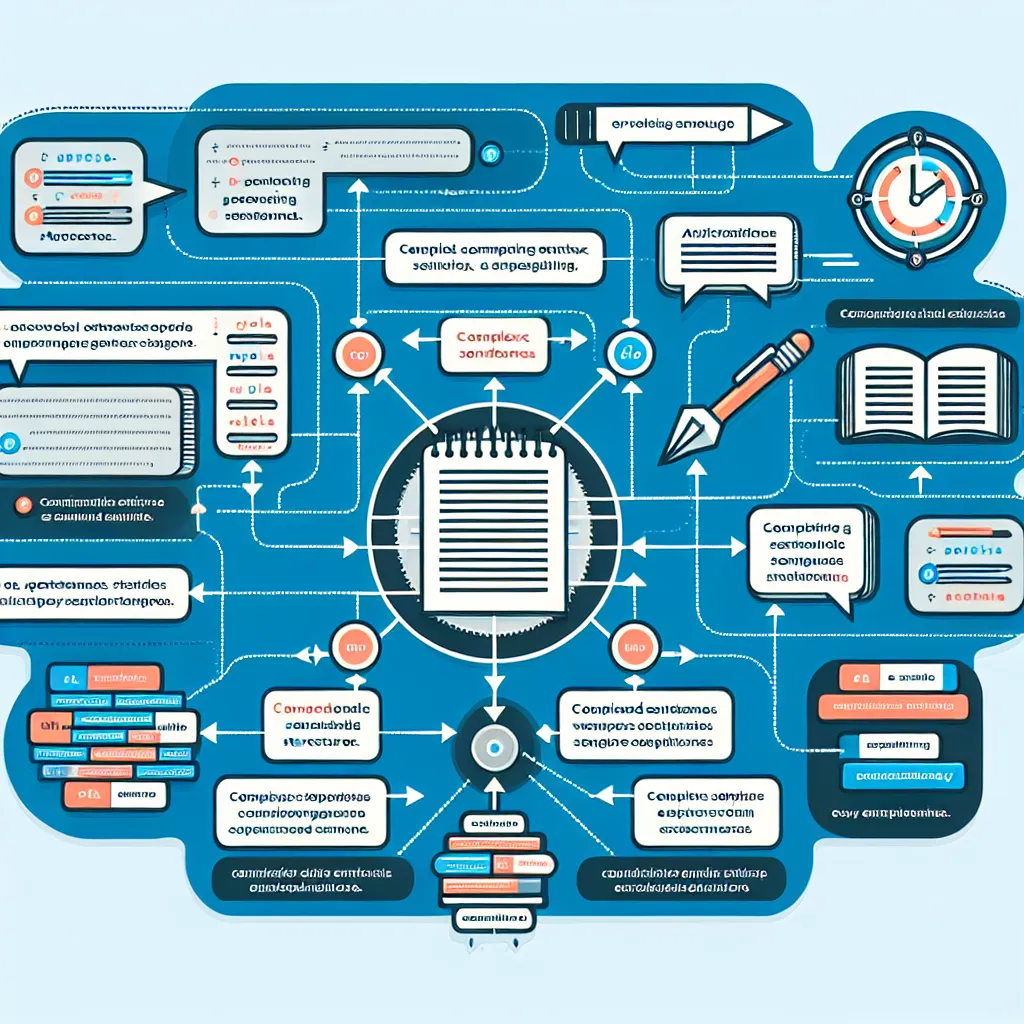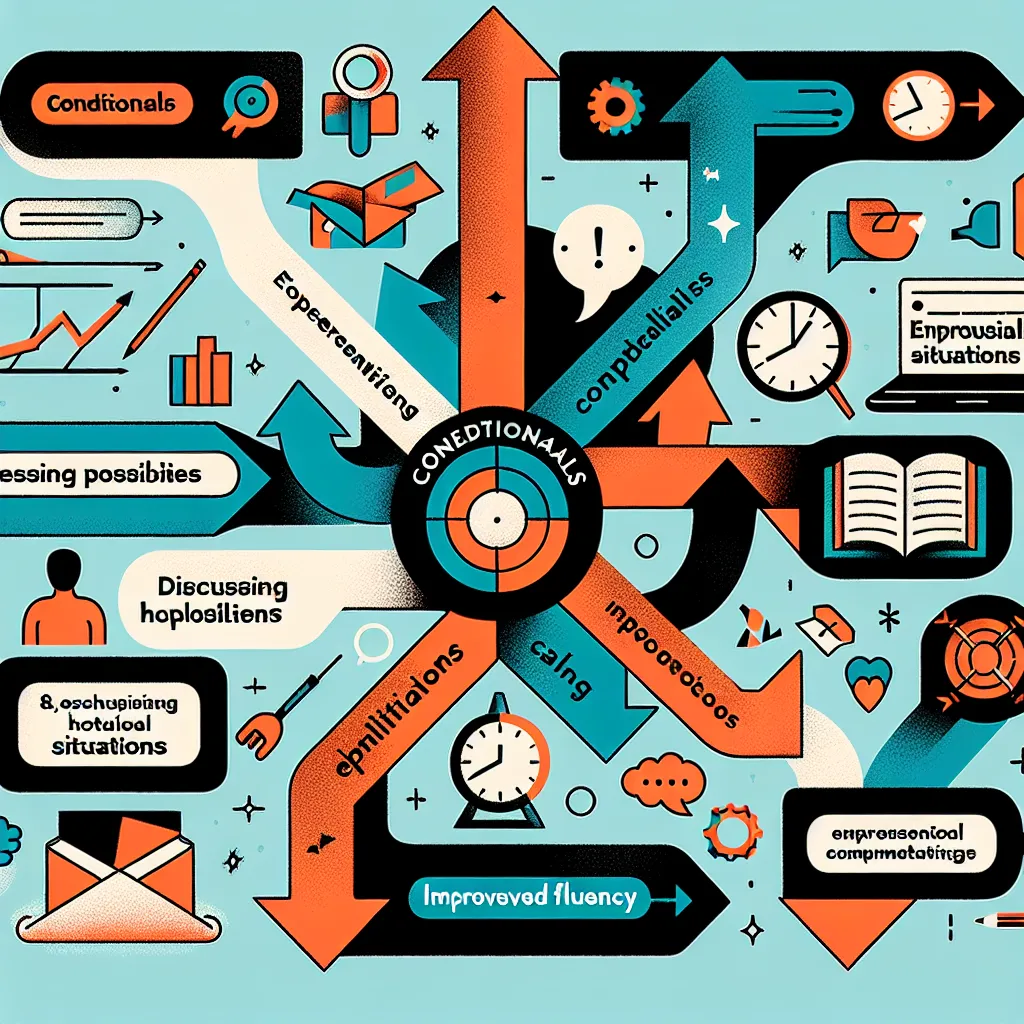Writing effective reports requires a strong command of language and the ability to convey complex information clearly and concisely. One way to elevate your report writing is by incorporating advanced syntactic structures. These structures not only add sophistication to your writing but also help in presenting information more effectively. This article will guide you through the process of using advanced syntactic structures in your reports, enhancing both their readability and impact.
Understanding Advanced Syntactic Structures
Advanced syntactic structures refer to complex sentence formations that go beyond basic subject-verb-object patterns. These structures allow writers to express more nuanced ideas, establish relationships between concepts, and create a more engaging flow of information. Mastering these structures is crucial for crafting professional and academically sound reports.
 Advanced Syntactic Structures
Advanced Syntactic Structures
Why Advanced Structures Matter in Report Writing
- Enhanced Clarity: Complex ideas often require complex sentences to be fully expressed.
- Improved Flow: Varied sentence structures create a more engaging and readable document.
- Professional Tone: Advanced structures lend an air of expertise and authority to your writing.
- Efficient Communication: Some structures allow for more information to be conveyed concisely.
Types of Advanced Syntactic Structures
1. Complex Sentences
Complex sentences combine an independent clause with one or more dependent clauses. They are essential for showing relationships between ideas.
Example:
“While the data suggests a correlation, further research is necessary to establish causation.”
In this example, “While the data suggests a correlation” is the dependent clause, and “further research is necessary to establish causation” is the independent clause.
2. Compound-Complex Sentences
These sentences contain two or more independent clauses and at least one dependent clause, allowing for the expression of multiple related ideas.
Example:
“The experiment yielded promising results, and the team was optimistic, but they knew that replication would be crucial before drawing any conclusions.”
Here, we have two independent clauses joined by “and,” with a dependent clause introduced by “but.”
3. Parallel Structures
Parallel structures involve using the same pattern of words to show that two or more ideas have equal importance.
Example:
“The report analyzes market trends, evaluates competitor strategies, and proposes innovative solutions.”
This sentence uses parallel verb phrases to list the report’s main components.
4. Appositives
Appositives are nouns or noun phrases that rename or describe another noun right beside it.
Example:
“Dr. Jane Smith, the lead researcher on the project, presented the findings.”
“The lead researcher on the project” is an appositive that provides additional information about Dr. Jane Smith.
Implementing Advanced Structures in Your Reports
To effectively use these structures in your reports, follow these steps:
- Identify Key Points: Determine the main ideas and relationships you need to convey.
- Choose Appropriate Structures: Select the syntactic structures that best express these ideas and relationships.
- Draft and Revise: Write your sentences and then revise them to ensure clarity and effectiveness.
- Vary Your Sentences: Use a mix of different structures to maintain reader interest and improve flow.
 Report Writing Process
Report Writing Process
Examples of Advanced Structures in Context
Let’s examine how these structures can be used in different sections of a report:
Introduction
“As global markets continue to evolve, companies face unprecedented challenges, which, if navigated successfully, can lead to significant opportunities for growth and innovation.”
This complex sentence sets the stage for the report by presenting a situation and its potential outcomes.
Methodology
“The research team, employing a mixed-methods approach, conducted surveys, analyzed historical data, and performed in-depth interviews to ensure a comprehensive understanding of the phenomenon.”
This sentence uses parallel structure to clearly outline the research methods used.
Results
“While the initial findings indicated a positive trend, subsequent analysis revealed that external factors, which had not been accounted for in the original hypothesis, played a significant role in shaping the outcomes.”
This compound-complex sentence presents a nuanced view of the results, showing the evolution of understanding as the analysis progressed.
Conclusion
“Given the complexity of the issue, as demonstrated by our findings, we recommend a multi-faceted approach: increasing investment in R&D, fostering international partnerships, and implementing adaptive management strategies.”
This sentence uses both complex structure and parallel listing to present a comprehensive conclusion and recommendation.
Common Pitfalls to Avoid
When using advanced syntactic structures, be wary of:
- Overcomplication: Don’t use complex structures just for the sake of it. Clarity should always be your primary goal.
- Inconsistency: Ensure that parallel structures are truly parallel in form.
- Lack of Variety: While advanced structures are valuable, mixing them with simpler sentences can improve readability.
- Ambiguity: Complex sentences can sometimes lead to ambiguity. Always review to ensure your meaning is clear.
Enhancing Your Skills
To improve your use of advanced syntactic structures:
- Read Extensively: Expose yourself to well-written reports and academic papers in your field.
- Practice Regularly: Try rewriting simple sentences into more complex forms.
- Seek Feedback: Have colleagues or mentors review your writing and provide constructive criticism.
- Use Writing Tools: Grammar checkers can help identify issues with complex structures.
Conclusion
Mastering advanced syntactic structures is a valuable skill for any professional or academic writer. By incorporating these structures into your reports, you can convey complex ideas more effectively, establish clear relationships between concepts, and create a more engaging and professional document. Remember, the key is to use these structures judiciously, always prioritizing clarity and coherence in your writing. With practice and attention to detail, you’ll be able to craft reports that are not only informative but also a pleasure to read.




